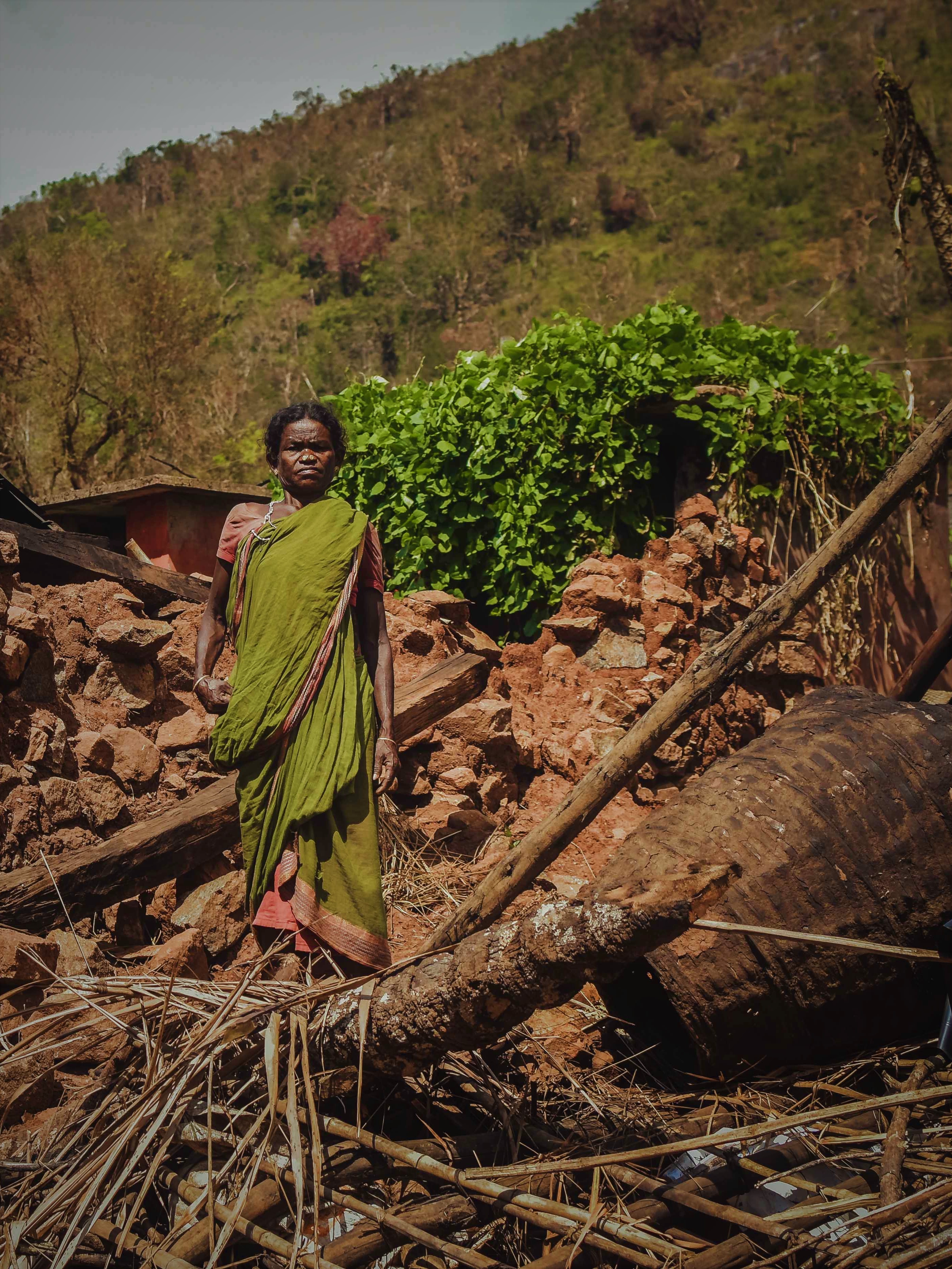
Disaster, Hazards, and Vulnerability
In the essay “What is a Disaster?” published in 2008, Richard Perry reviewed and discussed how the definition of disasters developed over time. One tradition that Perry explored was the Hazard-Disaster Tradition, which focused on hazards and the agents of hazards as the central aspect of disasters, but as noted by Perry, their definitions changed over time to include the element of social risks and vulnerabilities into the construction of a disaster. McEntire presents such a perspective in “Revisiting the definition of a hazard and the importance of reducing vulnerability”.
McEntire uses the words “Disaster” and “Hazard” somewhat interchangeably and acknowledges that even the proponents of the newer, more popular, human-driven, “risk, vulnerability, exposure, and capacity … to respond”-approach to hazards often tend to go back to the old hazard-focused definition. McEntire claims that this leads to overlooks the role of people, policies, power, or as Blaikie et al. puts it, “the social environment and its processes” resulting in the focus on dealing with factors that we cannot control or predict rather than trying to prevent the damage brought about by a hazard by building resilience and reducing vulnerabilities. This further propagates a tendency to dismiss disasters as Acts-of-God or Nature. McEntire finally concludes that a more significant push towards prioritizing vulnerability is needed to surpass the attitudinal barriers in disaster risk reduction because the vocabulary can contribute to how we deal with them.
Throughout the history of disaster studies, the concept of vulnerabilities has become an essential aspect of what we understand about disasters and the common thread across different traditions. Still, the idea of vulnerabilities has been in development for a long time. In a paper titled “Disaster Vulnerability: Scale, Power and Daily Life” published in the GeoJournal (1993), Wisner and Luce explore the understanding of vulnerabilities and the problems with different perspectives with the help of detailed historical examples. The paper further aimed to provide a framework of the analysis of vulnerabilities to guide action during the International Decade of Natural Disaster Reduction (IDNDR; the 1990s). They note that there are many problems associated with the study of vulnerabilities such as the over-generalization of vulnerabilities (such as reducing it to poverty), or identifying them as a property of the system rather than the individuals that form the system, or the lack of an exact way of determining the scale (household/city/state/nation) at which vulnerabilities are studied.
Further, they recognize that the choice of what determines vulnerability is a very context-dependent decision and depends on the models of society and social theories we believe to be applicable in the situation taking into account both “micro” and “macro” level factors. These models help describe the unavoidable conflicts among institutions across space and time that lead to the vulnerabilities of individuals to an adverse situation. An example given by the authors is the integration of the model of disaster occurrence and the social model for marginalization with which they describe the development of vulnerabilities of different social groups such as Tuareg nomads of Africa and low-income households of Andhra Pradesh. They also explore examples of how factors such as Class, Gender, Age, Ethnicity, and Disability and their interactions and intersections can explain the vulnerabilities of the individuals of different social groups.
Lastly, the authors present another exciting perspective on the understanding of vulnerabilities where the authors look at the state as a disaster agent. Traditionally, presupposing rationality as a nature of the state, its role in disaster management and risk reduction is assumed to be true. But in reality the state through its inaction or denial of a crisis, or by manipulating essential resources such as food for political gains, or targeting harm within their population to deal with “problematic” groups or by providing selective partisan support for affected groups, the state can play a role in developing vulnerabilities and creating a hazard. To explain this, the authors use the example of the Somali State and its failures leading to a civil war between 1988 and 1991 but, fascinating parallels can also be drawn with the current world affairs particularly the intentional suppression of information about the risks of COVID-19 and premature lifting of lockdowns by the US President, Donald Trump, possibly to support his reelection campaign, leading to the enormous death toll in the US from the coronavirus pandemic. With these examples, the authors conclude that the IDNDR needed to move away from the focus on hazards and stress on the social vulnerabilities and through the process of interdisciplinary collaboration and interaction with ordinary people at the grassroots level, the human impact of disasters can be minimized.
References:
Perry, Ronald. (2006). What is a Disaster?.
Mcentire, David. (2005). Revisiting the definition of “hazard” and the importance of reducing vulnerability. Journal of Emergency Management. 3. 9. 10.5055/jem.2005.0034.
